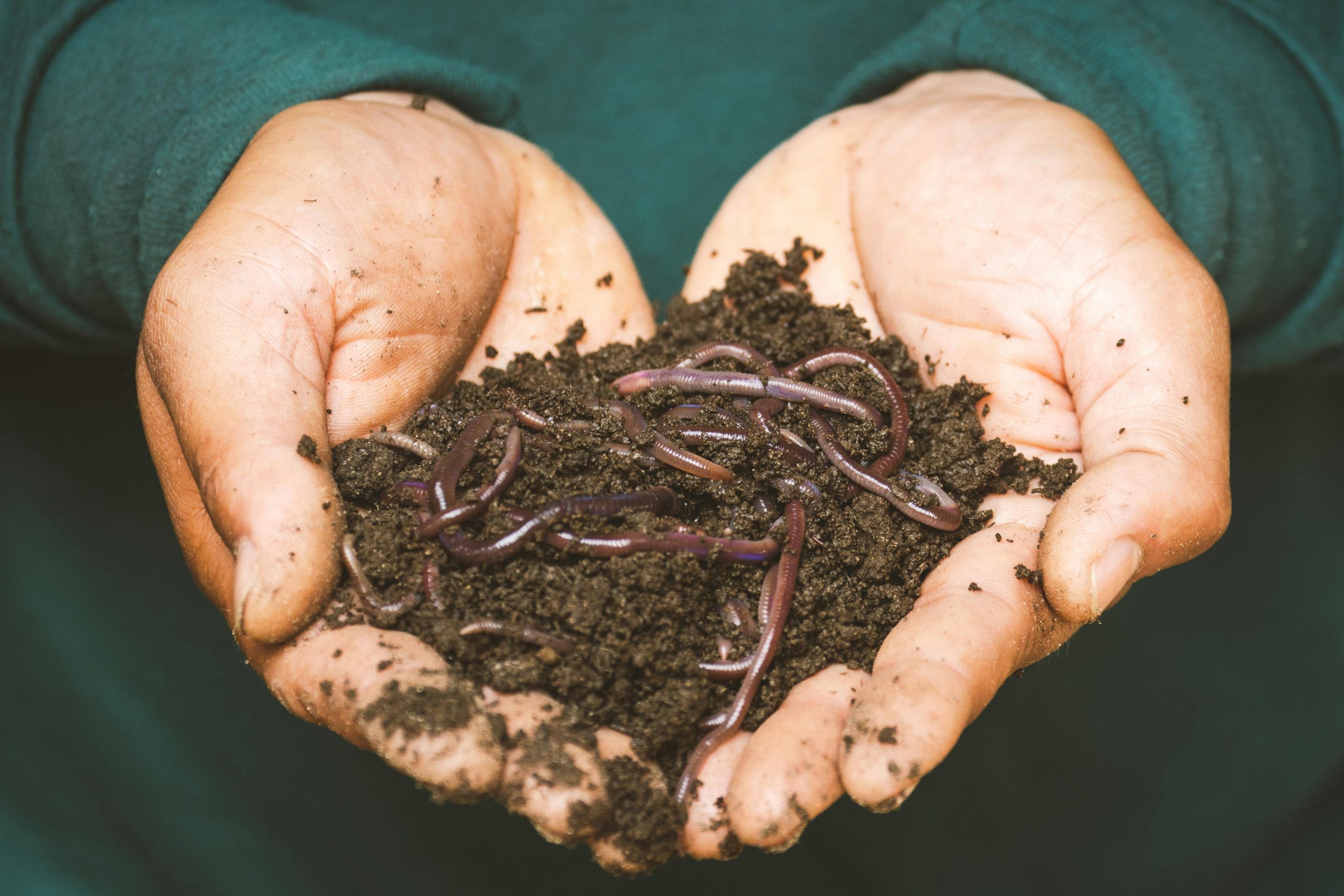
Image Source: Pexels
Feeding your plants properly can be tricky and costly. Overfeeding and underfeeding can cause serious problems with your plants. Plus, you’re probably throwing away money on expensive and unnecessary things, like fertilizers. What if we told you that there’s a better and cheaper way to feed your plants? You won’t have to sacrifice nutrition or growth to get bigger savings! With the right knowledge and tools, you can feed your plants naturally, efficiently, and affordably — all while improving soil health and reducing waste. It’s time to ditch the guesswork and grow smarter, not harder.
Common Mistakes Feeding Your Plants
Many plant owners make these common mistakes when feeding their plants. First, overfertilizing causes root burn and weak plant growth. Plus, a lot of product is usually wasted. This is bad for your plants and your wallet too. Fertilizer doesn’t fix all problems. You’ll want to focus on the health of your soil as well.
Feeding at the wrong time can also be harmful for your plants. You don’t want to feed during dormancy or at the wrong growth phase. Not all plants can be fed the same way, so it’s important to tailor your feeding to your specific plants. Climate, seasons, and even your watering habits play a role in when and how your plants absorb nutrients.
Understanding Your Plants
How do you know what your plants really need? You’ll have to pay close attention. If leaves are yellowing, there is salt buildup, or your plants aren’t growing, there may be something wrong with how you are feeding them. You’ll want to make sure plants have basic nutrients at the bare minimum. These include nitrogen, phosphorus, potassium, and micronutrients.
Of course, needs will vary for indoor versus outdoor plants and leafy versus flowering plants. Some plants are heavy feeders, while others need very little support. Learning the unique needs of your plant varieties can help prevent nutrient deficiencies before they start.
A Better Way to Feed Your Plants
Did you know that everyday household items can be used to feed your plants? Scraps like coffee grounds and banana peels will add richness to your soil and make your plants thrive. Plus, this nutrient-rich compost is free. Other ideas also include Epsom salts, aquarium water, worm castings and grass clippings. You can also use compost tea, rice water, or wood ash.
There are also slow-release organic options that last longer than other fertilizers. All of these options are low-cost, produce healthier soil, create fewer pest problems, and overall produce healthier plants. And they’re environmentally friendly too.
How to Make The Changes
You’ll want to feed your plants based on your observations versus a strict schedule. This way you won’t waste. Continue to test your product and monitor your results. You can then make adjustments as necessary.
Start small by replacing one synthetic fertilizer with a homemade or organic option and track how your plants respond. Keep notes and experiment seasonally. With time, you’ll develop a natural rhythm and routine that works for both your plants and your budget.
Read More
The Benefits of Professional Water Cartage Services for Residential and Commercial Needs
10 Recycled Materials That Make Your Garden Better (and Cheaper)

Teri Monroe started her career in communications working for local government and nonprofits. Today, she is a freelance finance and lifestyle writer and small business owner. In her spare time, she loves golfing with her husband, taking her dog Milo on long walks, and playing pickleball with friends.
Leave a Reply